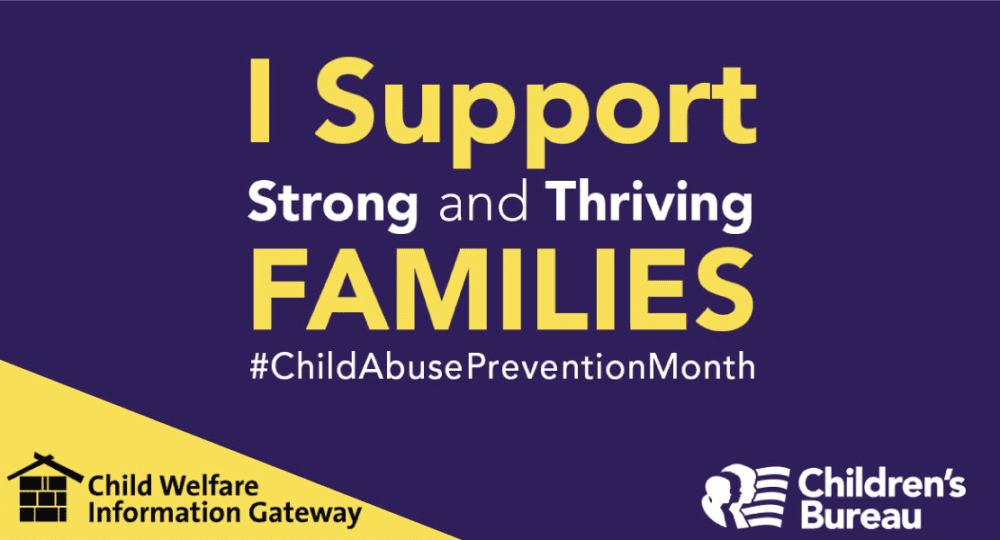Since 1983, April has been designated as National Child Abuse Prevention Month. It was created to bring opportunities for everyone to learn the signs of child abuse and how to prevent it. According to the Department of Health and Human Services, in 2018, 678,000 children were reported victims of child abuse, with an estimated 1,770 children dying from abuse and neglect. Children in their first year of life are at the highest risk for abuse at a rate of 26.7 children per 1,000 being victims. American Indian and Alaskan Natives are at the highest risk, followed by African American children for racial demographics. Parents are most likely to be the abusers (77.5%).
The United States (US) Federal definition of child abuse is:
- “Any recent act or failure to act on the part of a parent or caretaker which results in death, serious physical or emotional harm, sexual abuse or exploitation”; or
- “An act or failure to act which presents an imminent risk of serious harm.”
This definition specifically applies to children under the age of 18, and the abuser is classified as a parent or caregiver.
Prevention of child abuse is the goal. The Centers for Disease Control and Prevention (CDC) identifies several strategies to help in this endeavor:
- Strengthening economic support for families by elevating financial security and family-friendly workplaces.
- Changing societal norms to support parents while enabling positive parenting.
- Providing quality care and education early in life by offering preschool enrichment and improving childcare through licensing and accreditation.
- Enhancing parental and caregiver coping and skills in order to promote healthy development.
- Intervention to lessen harm and prevent future risk by enhancing primary care, parental education, and treatment to lessen the effects of abuse and neglect while also providing treatment to prevent problem behavior and later violent actions.
In daily life, we can all help to prevent abuse. Help a neighbor, friend, relative, or yourself by offering help with child care or asking for help. Watch for clues or evidence of abuse and neglect and report it in a timely manner. The presence of a single clue or sign does not prove that child abuse is occurring, but when signs appear repeatedly or in combination, the possibility of abuse should be considered. Some of these signs include:
- Poor hygiene
- Unexplained bruises, burns, or welts
- Extremes in behavior
- Malnutrition
- Frightened of a parent or caregiver
Hotlines are available for support and reporting, including 1-800-4-A-CHILD, 1-800-CHILDREN, and 1-256-533-KIDS.
—
Resources:
Administration for Children and Families
Graphic courtesy of Child Welfare Information Gateway





